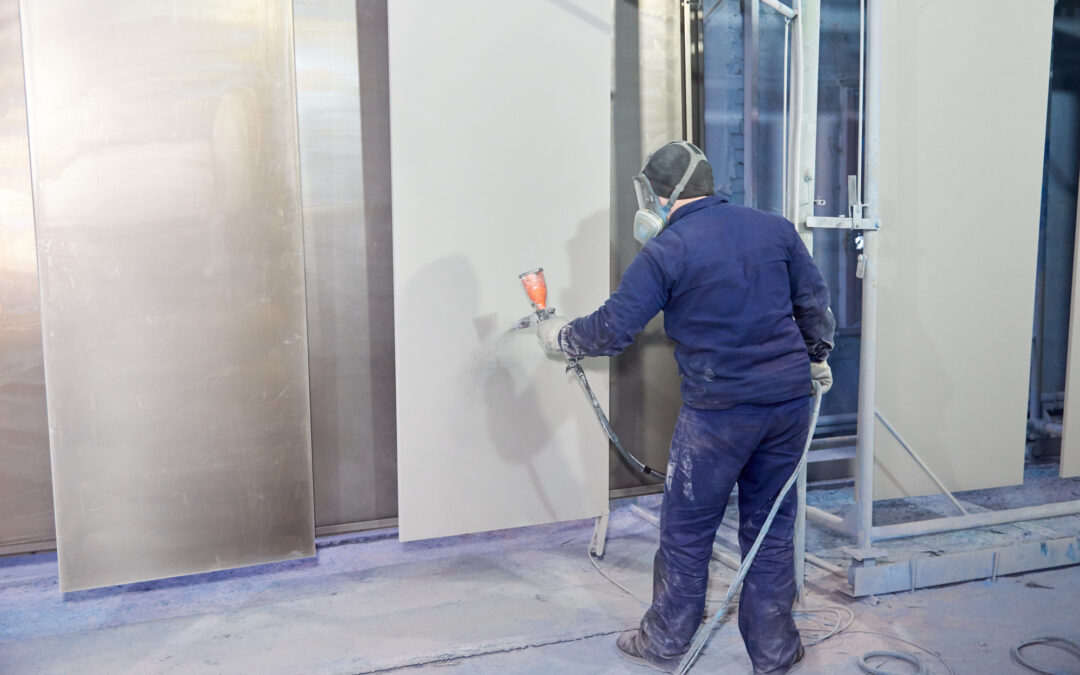In industrial settings, worker safety and regulatory compliance are paramount concerns. Two common hazards that pose significant risks are silica and hexavalent chrome exposure. Silica, found in materials like sand, concrete, and stone, can lead to severe respiratory issues, while hexavalent chrome, often generated during welding and other industrial processes, is a known carcinogen. Understanding the difference between silica mitigation and hexavalent chrome mitigation is crucial for maintaining a safe working environment.
Silica Mitigation
Silica mitigation primarily involves implementing engineering controls and work practices to limit worker exposure. Enclosures, local exhaust ventilation, and wet methods are some engineering controls used to capture and suppress silica dust at its source. Additionally, proper training, personal protective equipment (PPE), and regular monitoring of exposure levels are essential components of effective silica mitigation.
Hexavalent Chrome Mitigation
On the other hand, hexavalent chrome mitigation centers around reducing airborne concentrations of this toxic compound. Engineering controls like fume extraction systems and enclosed workspaces can limit its dispersion. Strict adherence to welding protocols, such as maintaining distance from the source and using proper shielding, also aids in minimizing exposure. Workers must wear appropriate respirators and other PPE to further safeguard themselves.
The key difference lies in the methods and strategies used to combat each hazard. Silica mitigation focuses on controlling dust and particulate matter at its origin, while hexavalent chrome mitigation revolves around capturing and reducing the release of airborne fumes. Both are essential for worker well-being, and a comprehensive approach combining engineering controls, PPE, and proper training is vital.
RCS Knows How to Keep Your Crew Safe
While both silica and hexavalent chrome pose significant health risks, the techniques used to mitigate each differ substantially. By understanding the unique challenges posed by these hazardous substances and implementing appropriate measures, industries can create safer environments for their workers and prevent potential health complications in the long run.
Contact our team today to have the experts on your side when handling hazardous materials.





